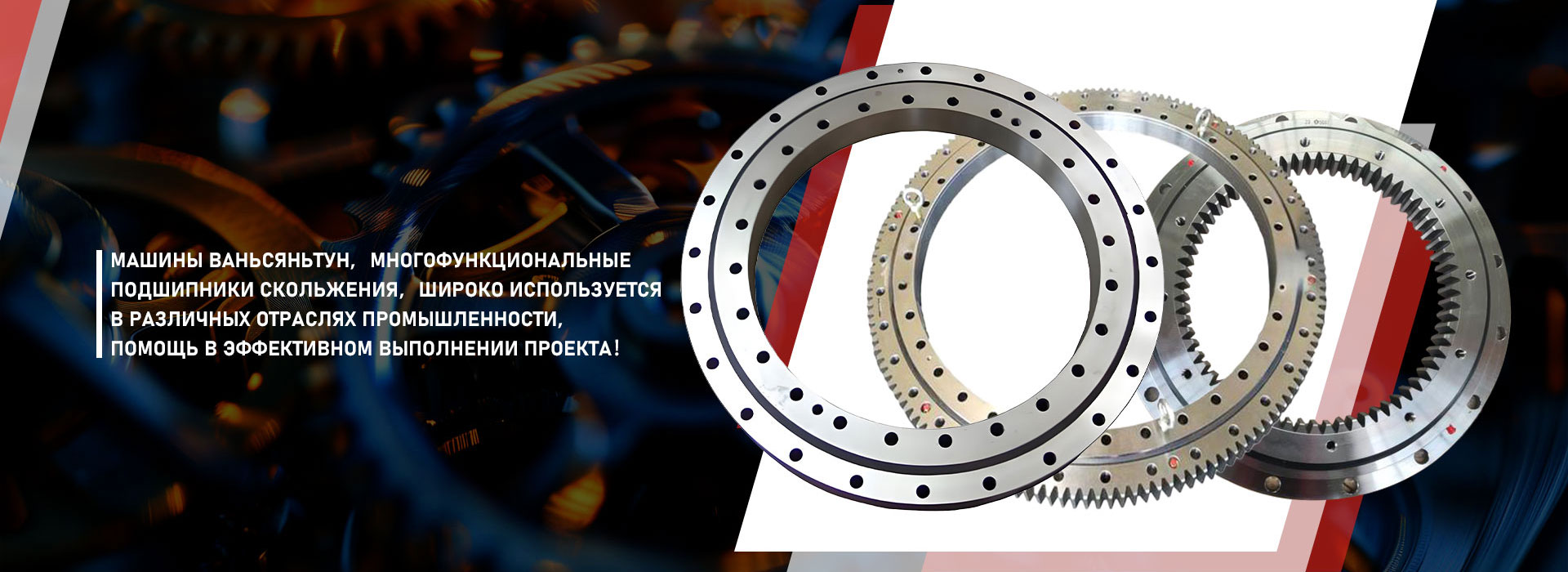
Cheap supporting bearings main buyer countries
Cheap supporting bearings: the main buyer countries
The support-farm bearings are an indispensable element of many mechanisms, from simple household appliances to complex industrial installations. They provide smooth and reliable rotation, reducing wear and increasing the life of the equipment. Due to their versatility and relatively low cost, these bearings are in great demand around the world. But what countries are the main buyers?
Demand development depending on industry
Demand for cheaply supporting house bearings is directly related to the development of industry in a particular country. Countries with actively developing production sectors, such as mechanical engineering, production of electronics, and agriculture, as a rule, demonstrate a high level of consumption of these bearings. For example, countries with a strong automobile industry need them for the production of cars, motorcycles, agricultural machinery and other modes of transport. And in countries where light industry is developed, such as the production of furniture or household appliances, there is also a high demand.
Geopolitical influence
The geographical position also plays a role. Countries bordering others having a developed production base often become transit centers, receiving and reselling bearings in bulk and retail. This creates a certain demand and demand cycle that affects the general indicators of imports and exports. In addition, economic stability and the development of a certain country can create additional points of concentration of purchases of bearings. So, countries with a relatively low cost of labor can be attractive to companies that strive to optimize production.
Expected trends in the future
The future demand for the supporting house bearings will probably grow related to global automation and innovation in various industries. An increase in production automation, for example, requires an increasing number of mechanisms, and hence bearing. Therefore, companies engaged in the production and supply of these important parts must take into account these factors, predicting future needs and adapting production volumes. The development of new technologies can also stimulate demand, both new and improved types of supporting bearings.
AppropriateProducts
Corresponding products
The best soldproducts
The best -selling productsConnectedsearch
Related search- Suppliers of supporting devices of construction equipment in China
- Tadano Z300 Suppliers Castle rotary rings
- Cheap 5 factory transfer speed
- Bearing manufacturers of shutdown in China
- Gear of the crankshaft 16 valves of factories in China
- The main supporting countries of the bearing 5 from China
- Cheap car bearings main buyer countries
- Cheap price of the RU85 supporting device
- China gear 5 manufacturers
- Factories that OEM sparks on rotary bearings














